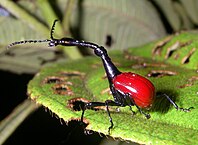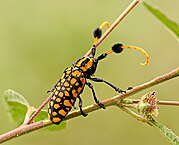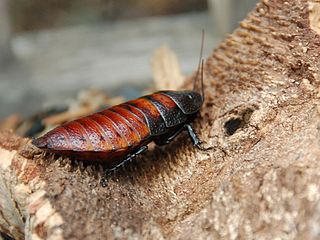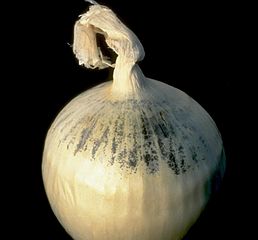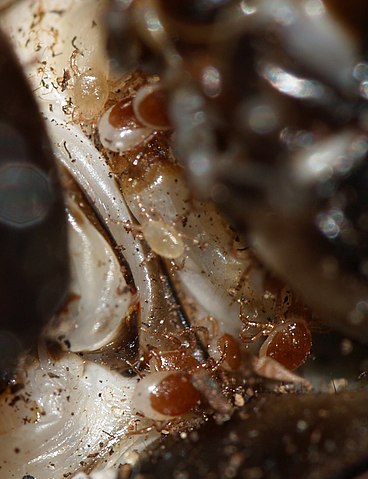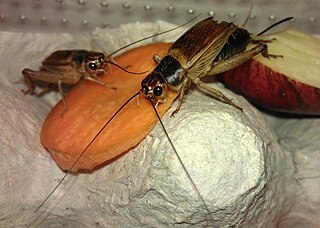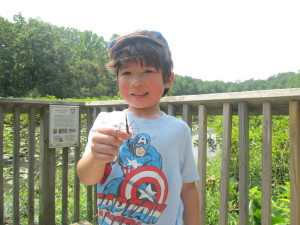 Some might answer “as food for our reptiles, amphibians and arachnids”, while others would perhaps offer the standard “pollination” reply. Legendary entomologist E.O. Wilson, however, simply states: “If insects were to vanish, the environment would collapse into chaos”. He adds: “If all mankind were to disappear, the world would regenerate back to the rich state of equilibrium that existed ten thousand years ago”.
Some might answer “as food for our reptiles, amphibians and arachnids”, while others would perhaps offer the standard “pollination” reply. Legendary entomologist E.O. Wilson, however, simply states: “If insects were to vanish, the environment would collapse into chaos”. He adds: “If all mankind were to disappear, the world would regenerate back to the rich state of equilibrium that existed ten thousand years ago”.
Yes, it is true – despite our technological advances, life would grind to a halt were insects to disappear. The reasons for this are staggering in both their simplicity and complexity. Today I’d like to highlight few fun facts that have surprised me – for example, can you believe that the weight of insects in typical central African rainforests exceeds that of all vertebrates combined? Think about that –taken together, these tiny creatures outweigh the total mass of all resident forest elephants, gorillas, birds, reptiles and other animals with backbones!
How Many Actually Trouble Us?
Estimated at 30 million species, insects comprise 80-95% of all living creatures. A single tree in Panama has yielded 163 beetle species, 100 of which were new to science, and their abundance is not limited to the tropics – an acre of Pennsylvania soil may hold 425 million individual insects. Barely 1% qualify as being harmful to people.
Helpful Roaches, Flies and Termites (Its True!)
Say “insect pest” to most urbanites and the word “cockroach” comes to mind. Yet only 12 of the 4,500+ known species – or 0.3% – are household pests. The rest are important pollinators, decomposers, predators, and prey. Roach research has led to advances in understanding human molecular and cell biology, neuron function, heredity, pharmacology, epidemiology and hormone activity.
Most people are displeased to learn that 1 in every 10 animal species is a fly, but most of the estimated 250,000 species are innocuous or even helpful. Hover flies are important pollinators, and their larvae are used in biological control measures against agricultural pests, while North America’s 1,000+ robber fly species prey upon injurious fellow-flies. Certain shore fly larvae live in the hot (112 F) waters of geysers, while others happily swim about in crude oil; their unbelievable adaptability may hold secrets of medicinal or industrial value.
Contrary to popular belief, not all termites spend their time eating our homes – only 10% of the world’s 4,000+ species attack wood structures. Others eat dead grass, lichens and leaves, and some actually “farm” fungi as a food source. In Australian savannas, termites limit the severity of fires by removing dead grass in quantities equal to that processed by grazing mammals elsewhere.
They May Eat Dung and Rotting Fruit, But…
We may be repulsed by the fact that the world’s 7,000 dung beetles feed upon feces, but by burying dung they render it unavailable as breeding site for disease-bearing flies. And they bury quite a lot – in Australia, a single beetle population can process 1 ton of cattle manure each day!
Fruit flies appear as different from people as can be, but a number of their genes correspond in form and function to ours. In fact, fruit fly studies led to the all-important discovery genes are located on chromosomes. This tiny insect has contributed immeasurably to our understanding of cancer, birth defects, cardiovascular disease, aging and other health concerns.
New Medicines and Promising Research
Insects produce compounds that kill cancer cells and viruses, prevent blood clots, and function in ways that cannot be mimicked by synthetic drugs. Cyclosporine, isolated from fungus that lives on beetles, prevents organ transplant rejection (I’ve used it for 20+ years on my cornea transplant), the defensive spray of cathedral termites contains novel antibacterial agents, and wasp venom shows promise in the treatment of degenerative neuronal disorders.
Drug resistant micro-organisms are being encountered with ever-increasing frequency, especially in hospitals. Medications modeled after the darkling beetle’s peptides may be effective in preventing the development of these “super germs”. Darkling beetle larvae, or mealworms, also have a long history as laboratory animals (and reptile food!).
The silkworm moth (Bombyx mori) is entirely dependent upon people for its survival…after 5,000+ years of captive breeding, it has lost the adaptations necessary for life in the wild. Each cocoon is comprised of a single silken thread measuring up to 3,000 feet in length. The moth’s value is not limited to silk production…genetic engineering techniques have yielded caterpillars that produce human medications instead of silk!
These tidbits of information do not even qualify as “scratching the surface” of this fascinating topic…please post your own favorites below!
Further Reading
Stag Beetle Conservation and Care
Insect Pets: Praying Mantis Care
 That Reptile Blog – Reptile, Amphibian and Exotic Pet Care and Information
That Reptile Blog – Reptile, Amphibian and Exotic Pet Care and Information


